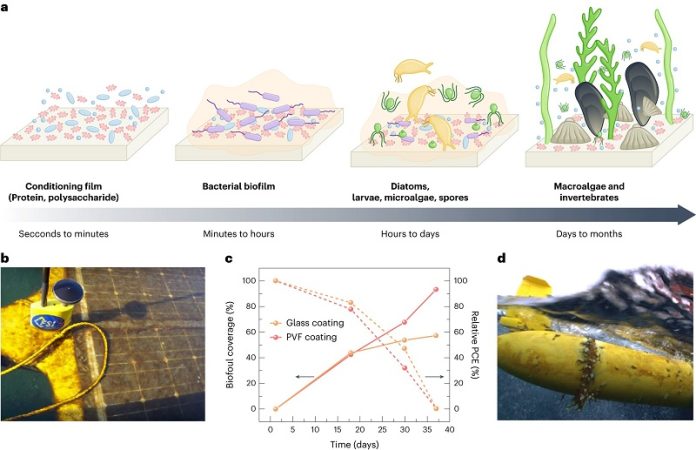
Did you know that we’ve only explored about 5% of the world’s oceans?
There’s so much we don’t know, and one reason is the lack of long-lasting power for underwater robots.
But scientists from NYU Tandon might have a solution: solar power. Let’s dive into how sunlight could help robots explore the ocean’s mysteries.
The power problem
Usually, underwater robots, called Autonomous Underwater Vehicles (AUVs) and Remotely Operated Underwater Vehicles (ROUVs), run on batteries.
But batteries don’t last very long, and the robots have to come up for a recharge.
It’s like having a flashlight that turns off just when you’re about to discover a hidden treasure.
Why not use sunlight?
Sunlight actually goes pretty deep into the ocean—up to 50 meters! So why not use that natural, always-available energy to power our underwater devices?
The scientists, including Jason A. Röhr and André Taylor, are trying to figure out how to make this work.
Current solar cells won’t cut it
The problem is, our current solar technology isn’t designed for underwater use. Solar panels are made to absorb types of light that don’t go deep into water.
Plus, saltwater and things like algae can damage them. Imagine trying to read a book underwater with sunglasses on—it just won’t work well.
New Materials to the Rescue
To tackle these issues, the team is testing new materials that could make solar cells effective underwater.
Some options like gallium indium phosphide (GaInP) and cadmium telluride (CdTe) are showing promise.
They’re better at absorbing the kinds of light that do reach underwater. The researchers are also looking at newer solar cell technologies, like organic and perovskite solar cells, which could be better suited for ocean conditions.
Challenges and Tests
However, there are still challenges. One big problem is “biofouling,” which is a fancy word for when tiny plants and animals stick to surfaces underwater. This can block sunlight and make solar cells useless.
And testing these solar cells is tough. The ocean is a harsh place, and not everyone has easy access to it for experiments. But the scientists have found a workaround: using LED lights to simulate ocean light. This way, they can test the cells anywhere.
The big picture
Even though we’re in the early stages, this research could lead to incredible discoveries. Imagine underwater robots that can explore deeper and stay down longer, bringing back valuable information.
Solar power could even be combined with other technologies like Oceanic Thermal Energy Conversion (OTEC) to make the robots even more efficient.
These advancements could give us a fuller picture of the mysterious world under the sea.
So, thanks to these scientists and their work on solar power, we might be on the brink of unlocking the ocean’s deepest secrets. Isn’t that exciting?
Follow us on Twitter for more articles about this topic.



